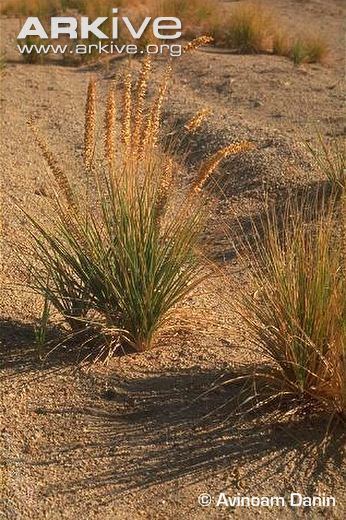Rank Species | Genus Desmostachya Higher classification Desmostachya | |
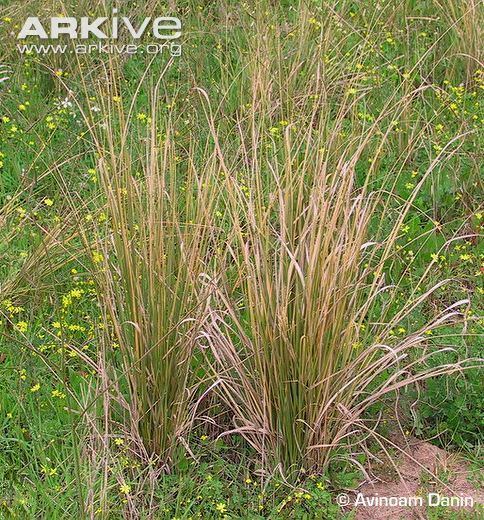 | ||
Similar Desmostachya, Grasses, Indian bael, Ashoka tree, Saccharum spontaneum | ||
Desmostachya bipinnata, commonly known in English by the names Halfa grass, big cordgrass, and salt reed-grass, is an Old World perennial grass, long known and used in human history. In India it is known by many names, including: daabh, darbha, kusha, etc.
Contents
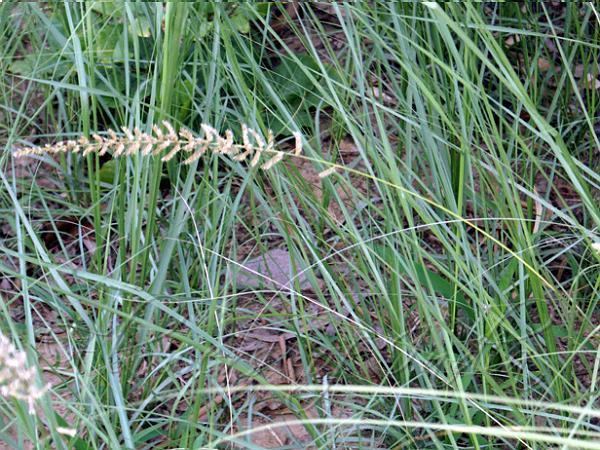
Distribution
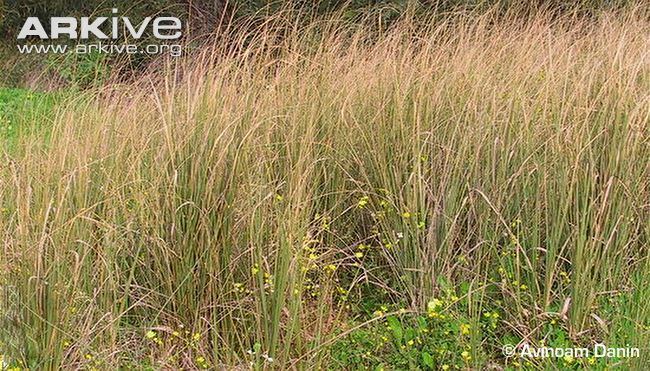
Desmostachya bipinnata is native to northeast and west tropical, and northern Africa (in Algeria, Chad, Egypt, Eritrea, Ethiopia, Libya, Mauritania, Somalia, Sudan, and Tunisia); and countries in the Middle East, and temperate and tropical Asia (in Afghanistan, China, India, Iran, Iraq, Israel, Myanmar, Nepal, Pakistan, Saudi Arabia, Thailand).
Medicinal
In folk medicine, Desmostachya bipinnata has been used variously to treat dysentery and menorrhagia, and as a diuretic.
Religious
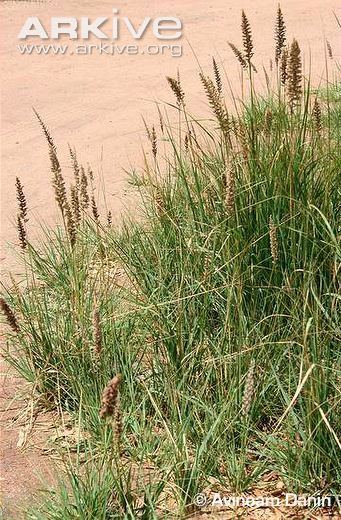
Desmostachya bipinnata has long been used in various traditions as a sacred plant. According to early Buddhist accounts, it was the material used by Buddha for his meditation seat when he attained enlightenment. The plant was mentioned in the Rig Veda for use in sacred ceremonies and also as a seat for priests and the gods. Kusha grass is specifically recommended by Lord Krishna in the Bhagavad Gita as part of the ideal seat for meditation.
Other
In arid regions, Desmostachya bipinnata has been used as fodder for livestock.
Weed information
In agricultural, Desmostachya bipinnata is a weed commonly found in wheat crops.
